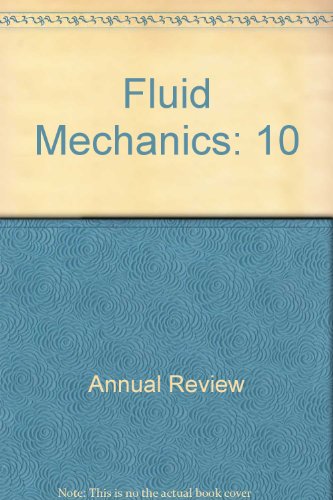建筑物通风:个人暴露的后果
IF 30.2
1区 工程技术
Q1 MECHANICS
引用次数: 0
摘要
通风是人类文明的核心。没有它,室内环境迅速变得不舒服或危险,但过多的通风可能是昂贵的。我们大部分时间都呆在室内,在那里我们暴露在污染物中,并可能被空气传播疾病感染。通风可以清除室内的污染和生物气溶胶,但也会带来室外的污染。为了确定适当的通风水平和提供通风的适当方式,人们必须了解通风的需求不仅仅是简单的热舒适;室内空气质量至少同样重要。一个有效的通风系统将清除不需要的污染物,无论是在空间内的活动或简单的呼吸行为产生的污染物,并确保通风系统本身不会从其他地方引入或传播污染物。这篇综述探讨了建筑物通风流量如何影响个人暴露于室内污染物和空气传播疾病。预计流体力学年度评论的最终在线出版日期,第56卷是2024年1月。修订后的估计数请参阅http://www.annualreviews.org/page/journal/pubdates。本文章由计算机程序翻译,如有差异,请以英文原文为准。
Building Ventilation: The Consequences for Personal Exposure
Ventilation is central to human civilization. Without it, the indoor environment rapidly becomes uncomfortable or dangerous, but too much ventilation can be expensive. We spend much of our time indoors, where we are exposed to pollutants and can be infected by airborne diseases. Ventilation removes pollution and bioaerosols from indoor sources but also brings in pollution from outdoors. To determine an appropriate level of ventilation and an appropriate way of providing it, one must understand that the needs for ventilation extend beyond simple thermal comfort; the quality of indoor air is at least as important. An effective ventilation system will remove unwanted contaminants, whether generated within the space by activities or by the simple act of breathing, and ensure that the ventilation system does not itself introduce or spread contaminants from elsewhere. This review explores how ventilation flow in buildings influences personal exposure to indoor pollutants and the spread of airborne diseases.Expected final online publication date for the Annual Review of Fluid Mechanics, Volume 56 is January 2024. Please see http://www.annualreviews.org/page/journal/pubdates for revised estimates.
求助全文
通过发布文献求助,成功后即可免费获取论文全文。
去求助
来源期刊
CiteScore
54.00
自引率
0.40%
发文量
43
期刊介绍:
The Annual Review of Fluid Mechanics is a longstanding publication dating back to 1969 that explores noteworthy advancements in the field of fluid mechanics. Its comprehensive coverage includes various topics such as the historical and foundational aspects of fluid mechanics, non-newtonian fluids and rheology, both incompressible and compressible fluids, plasma flow, flow stability, multi-phase flows, heat and species transport, fluid flow control, combustion, turbulence, shock waves, and explosions.
Recently, an important development has occurred for this journal. It has transitioned from a gated access model to an open access platform through Annual Reviews' innovative Subscribe to Open program. Consequently, all articles published in the current volume are now freely accessible to the public under a Creative Commons Attribution (CC BY) license.
This new approach not only ensures broader dissemination of research in fluid mechanics but also fosters a more inclusive and collaborative scientific community.

 求助内容:
求助内容: 应助结果提醒方式:
应助结果提醒方式:


